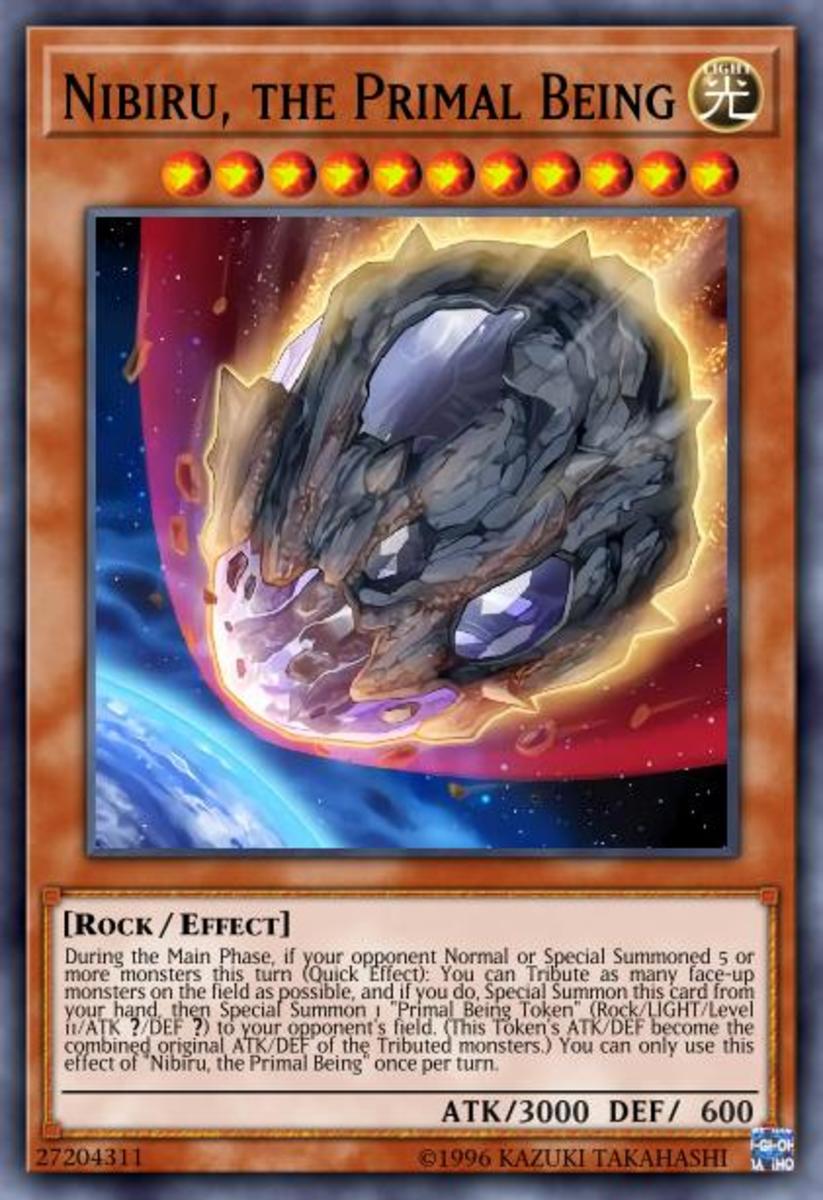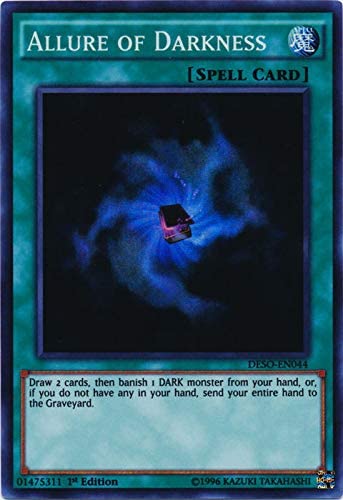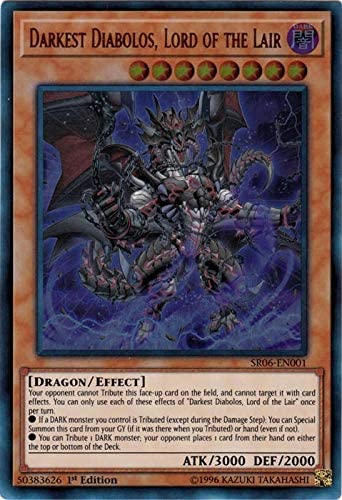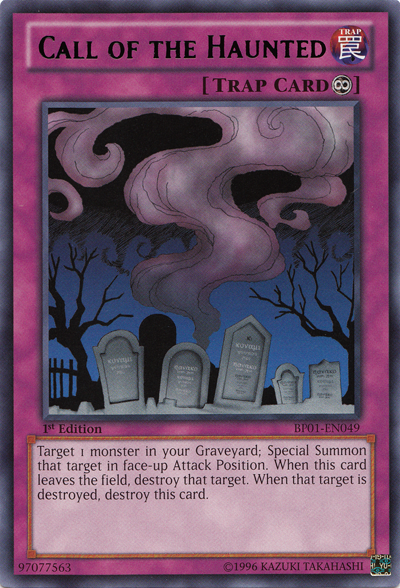The Infamous Battle Phase(part 1)
So there are quite a few things to consider when it comes to the battle phase aside from the common monster effects that can activate during the battle phase as well as back row that the opponent or you just happen to have while playing the game. So that must be all then correct surely it's just, my monster has more attack points than yours so its a no brainer whether or not I should attack yours so I should just go for it correct? Wrong if the opponent left their monster in attack mode they more than likely have a back up plan and a plan for the backup plan. Yu-Gi-Oh is more complex than that and it has only gotten more complex with time. Granted when it first started this would have been the case it has escalated much more than that.
So what has changed in terms of getting rid of monsters?
Nowadays there are many ways to get rid of your opponents monsters or cards in general the list goes as follows:
Destroy by battle: This is oldest way of getting rid of monsters which is just attacking over the opponents monsters.
Destroy by card effect: I say this to be the second oldest because during the initial release of yugioh, there were only really 3 cards that could destroy by card effect which are cards like Raigeki and Dark Hole, the amount of cards that can destroy by card effects nowadays has increased exponentially but it is currently one of the most common ways of getting rid of the opponents cards.
Tributing: This can only apply to the opponents monsters but by tributing their monsters, if a card permits it like Kaijus it is a very effective way of getting rid of the opponents nearly indestructible monsters like those that are unaffected by card effects.
Banishing: This is the act of using a card effect that is pretty much effective against most cards that have the ability to activate effects in the graveyard, because instead of sending banished cards to the graveyard they are sent to a special zone that hasn't formally been given a name in the game but for the sake of this, we are going to call it the banish zone. Simply put if a deck revolves around using the graveyard it'll be really hard to reach for their cards if they are in the banish zone.
Sending cards to the graveyard: Aside from the normal way of destroying by battle and card effect there is also a very rare way of getting rid of card not many cards do it this way. Some card effects just allow you to "send" opponents cards to the graveyard, in which case it doesn't count as destruction by card effect because the card specifically states that it sends cards to the grave.
(edit: I forgot to add a few more ways to get rid of monsters without using the above methods I will cover those in a the future so hang tight)





























